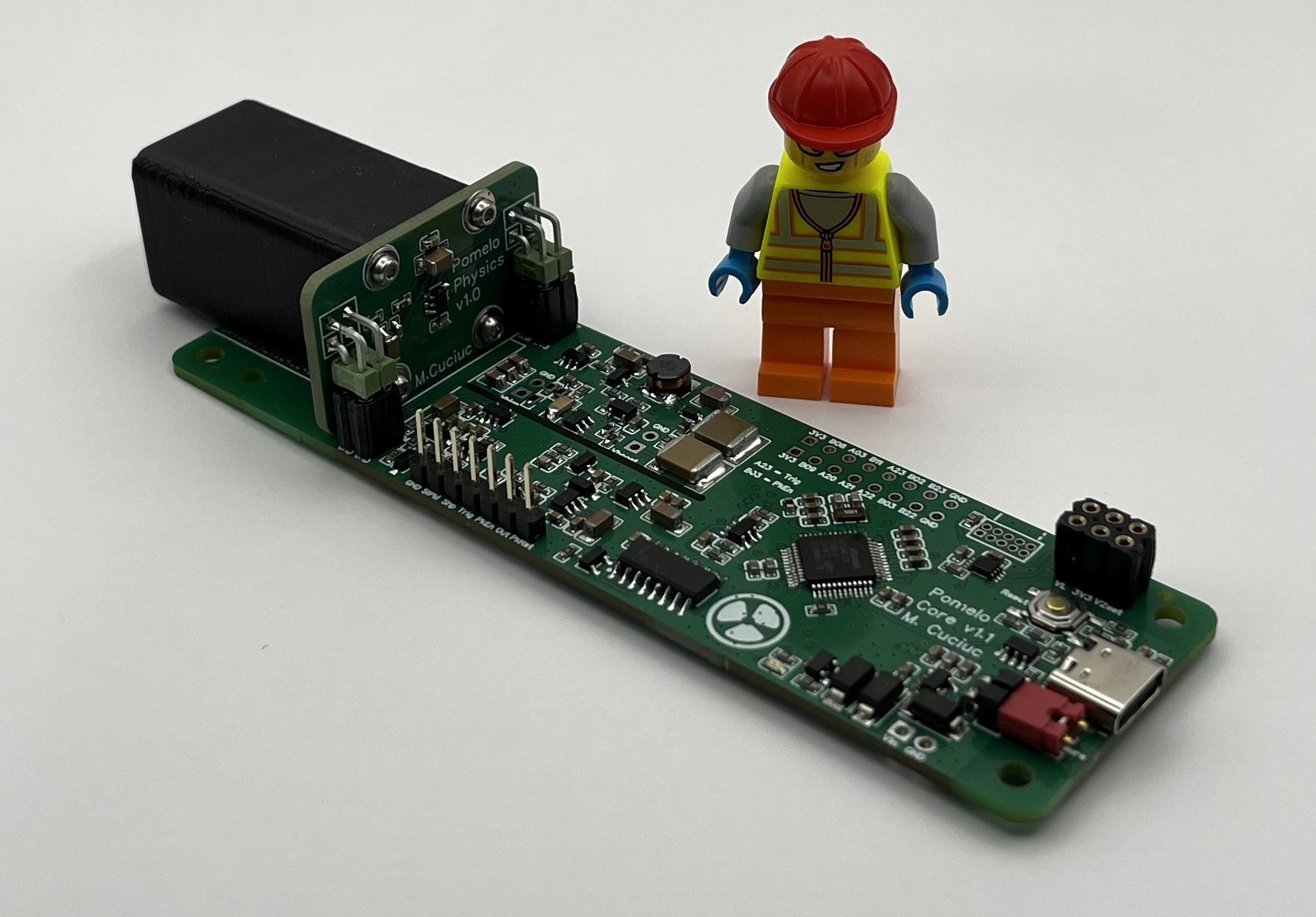
Complete gamma spectroscopy module ready to be connected either to a laptop or an embedded system. It measures less than 130mm x 40mm x 30mm
This contains everything that’s needed for gamma spectroscopy and nothing more. It has the detector assembly (Pomelo Physics) with scintillator and silicon photomultiplier, as well as the accompanying electronics (Pomelo Core) with bias supply, analog front end, and digital electronics.
Its USB and UART connectivity allow it to interface to lots of things, like a laptop, an Arduino, or a Raspberry Pi. It integrates a level shifter on the UART lines so it can talk to both 3.3V as well as 5V systems. I have used it during development to perform measurements with radioactive sources or cosmic muons:
- Compton scattering experiment
- Gamma ray inverse square law
- Gamma attenuation experiment
- Angular dependence of cosmic muon flux
I made an Arduino-compatible board that contains supporting circuitry to make a complete hand-held instrument based on the Pomelo Core and Physics. It has buttons and a screen, battery, and lots of wireless connectivity:
I'm also using Pomelo to experiment with visualizing gamma spectra in a more intuitive way, shown as colors on an LED strip:
Pomelo Physics
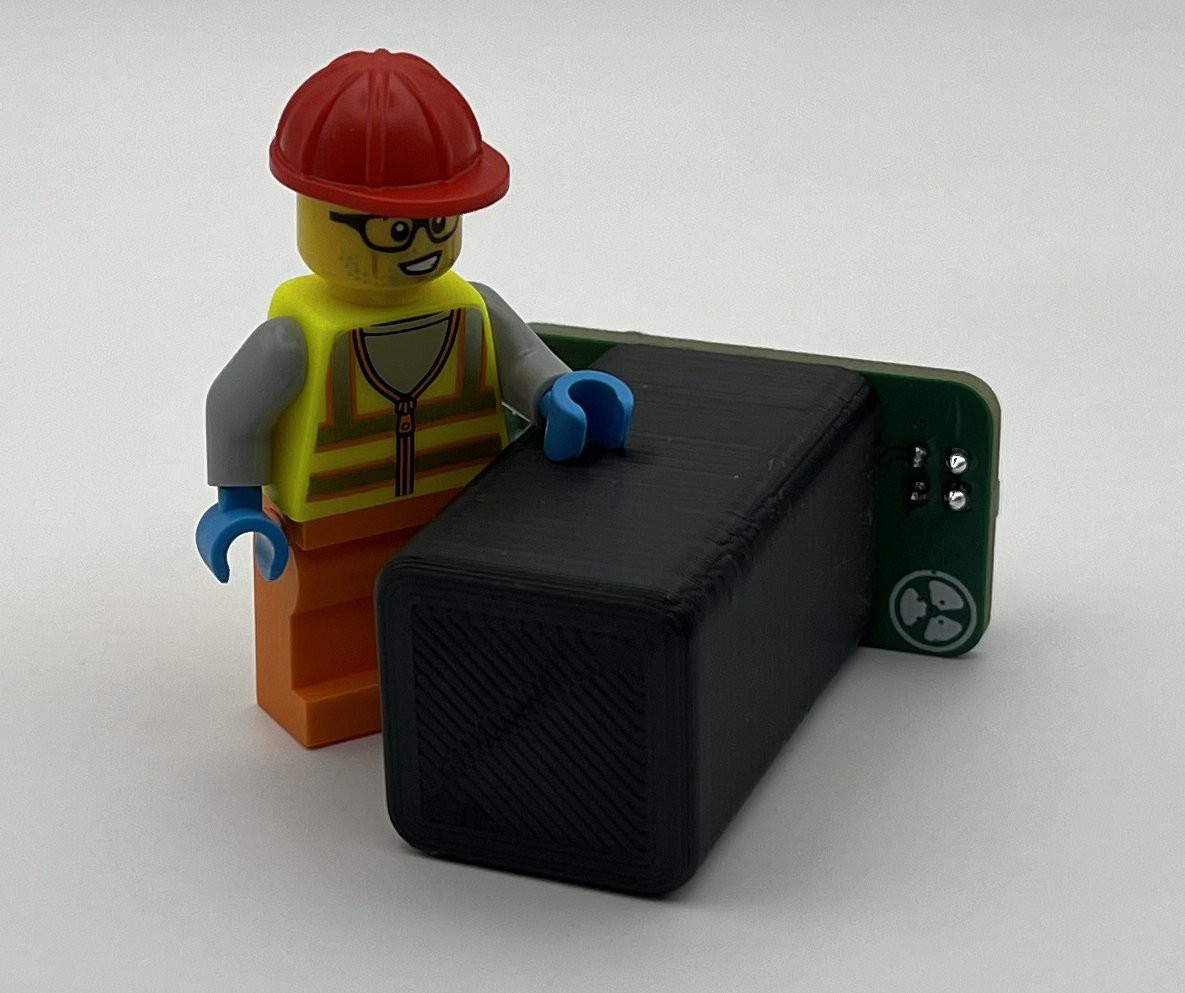
Pomelo Physics is the detector assembly, containing:
- CsI(Tl) scintillator, 10mm x 10mm x 30mm from OST Photonics
- Silicon photomultiplier, Broadcom AFBR-S4N44P014M
- 3D printed dark box to house scintillator and keep stray light away from SiPM
- Temperature sensor, Texas Instruments TMP126
Pomelo Core
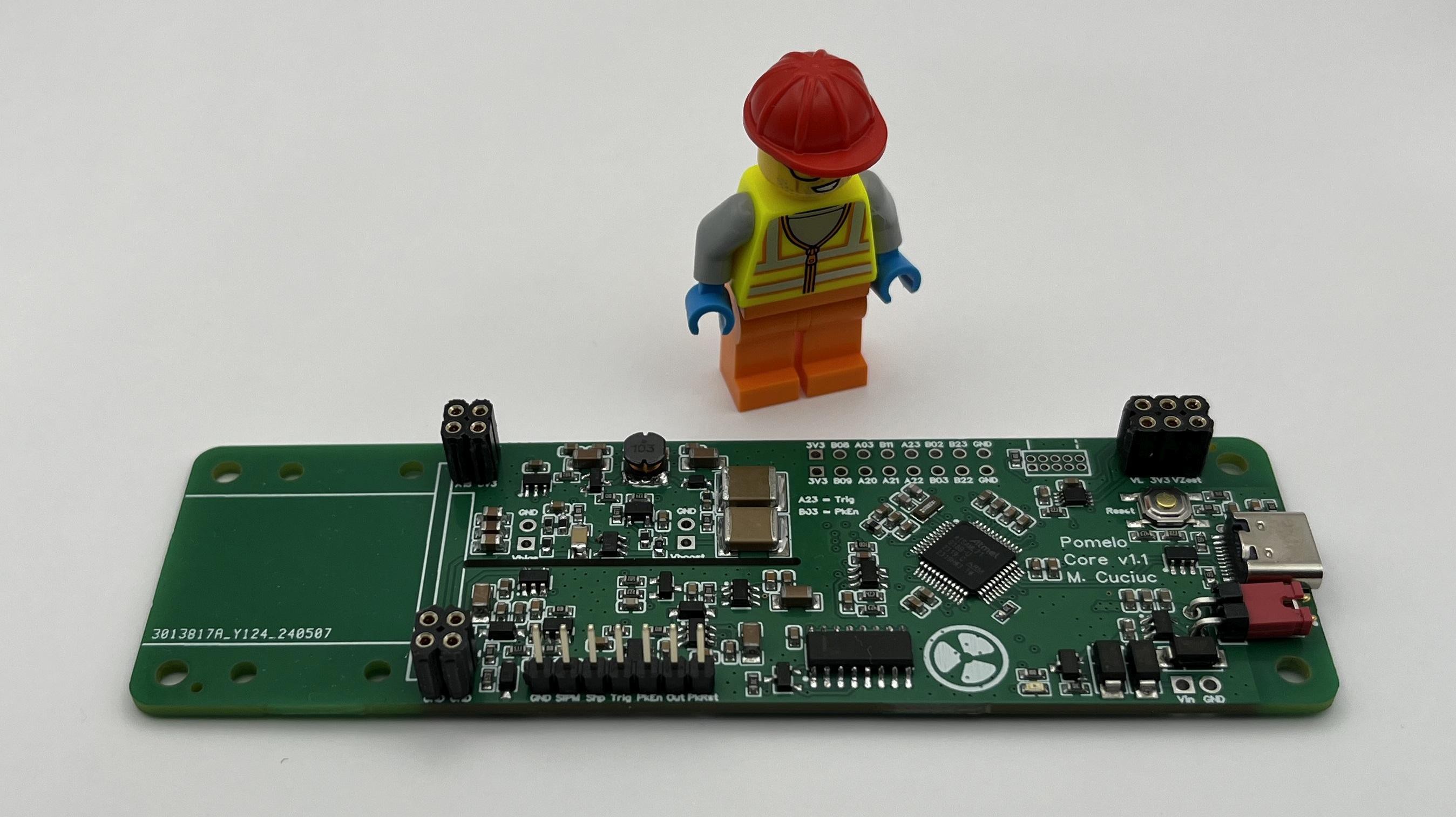
Pomelo Core contains all the associated electronics:
- Digitally controlled SiPM bias supply ~32V - ~48V
- Digitally controlled threshold
- Low power analog front-end
- ARM Cortex-M0+ microcontroller, Microchip ATSAML21G18B
- UART connectivity with integrated level shifter
- 10 unused GPIO pins for further expansion
Performance

Spectra for various radioactive sources taken with Pomelo
The energy resolutions at different energies are:
- <30% @ 59.5 keV
- <11% @ 511 keV
- <7% above 1274.5 keV
This is the original description when I started the project in January 2024
This is very much a work in progress and most of the requirements are not satisfied yet. But thanks to excellent documentation done by NuclearPhoenix on the All-In-One Gamma-Ray Spectrometer and the Cosmic Pi project I have a proof of concept working.

Current version of the hardware includes:
- 4mm x 4mm x 10mm GAGG(Ce) scintillator crystal with light reflector and 3D printed “dark” box
- 4mm x 4mm Broadcom AFBR-S4N44P014M Silicon photomultiplier (SiPM) with optical grease coupling to scintillator
- MAX1932 SiPM bias supply
- Shaper to decrease bandwidth of SiPM pulses
- Peak detector circuit
- ATSAML21E18B MCU that performs triggering, pulse height measurement, and peak detector reset
Energy resolution is 14.3% @ 662 keV and 12.4% @ 1274.5 keV.
Architecture

 mihai.cuciuc
mihai.cuciuc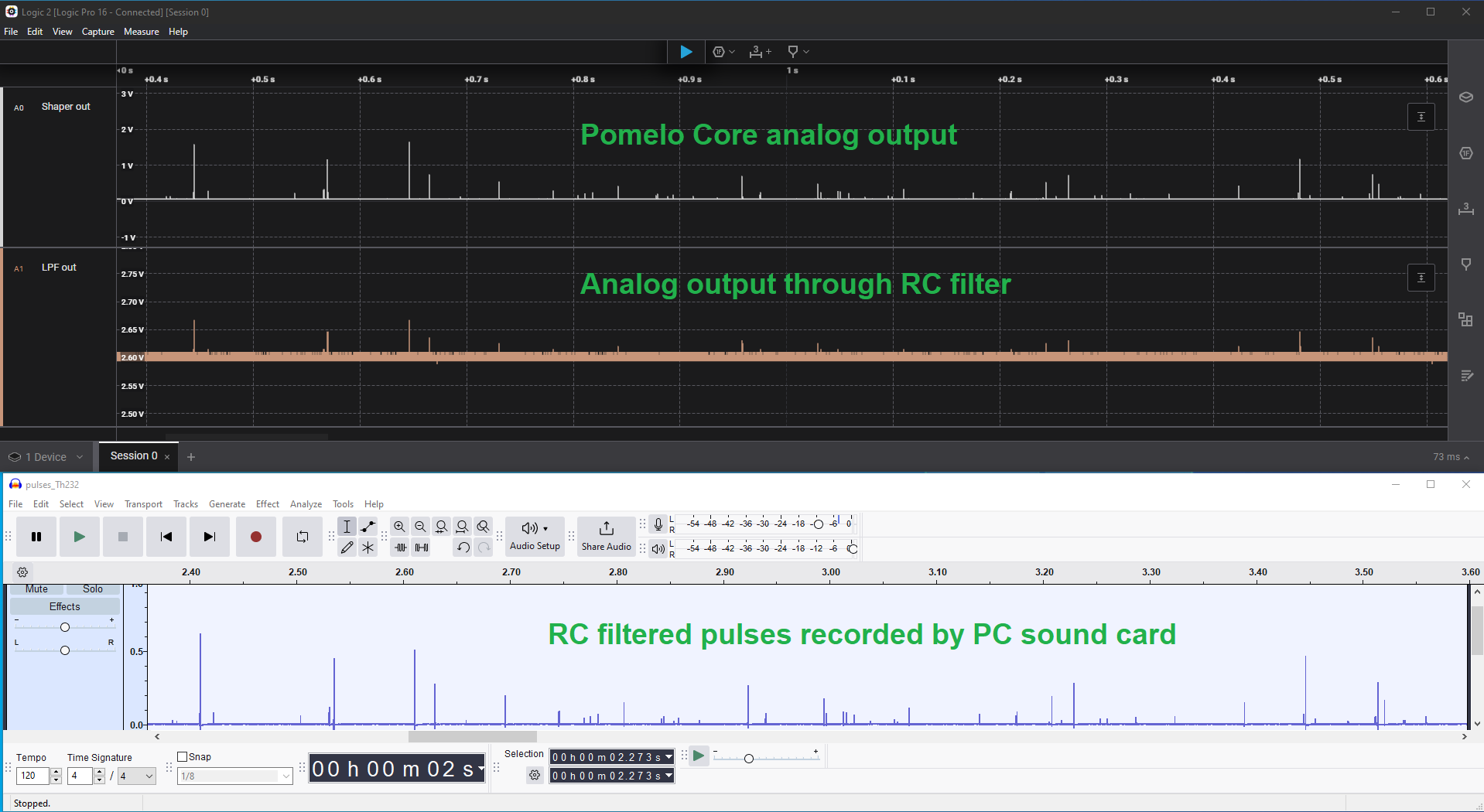
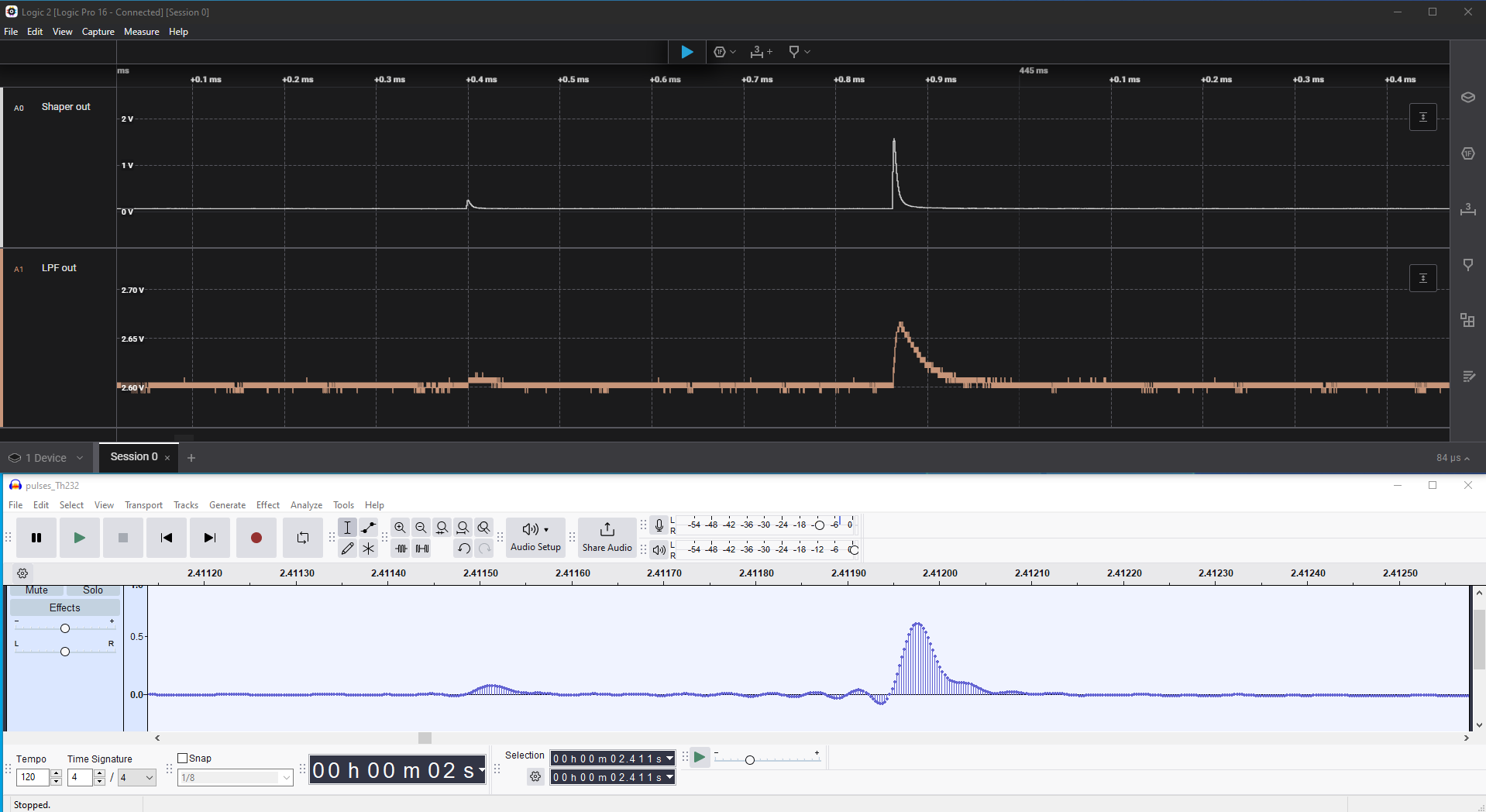
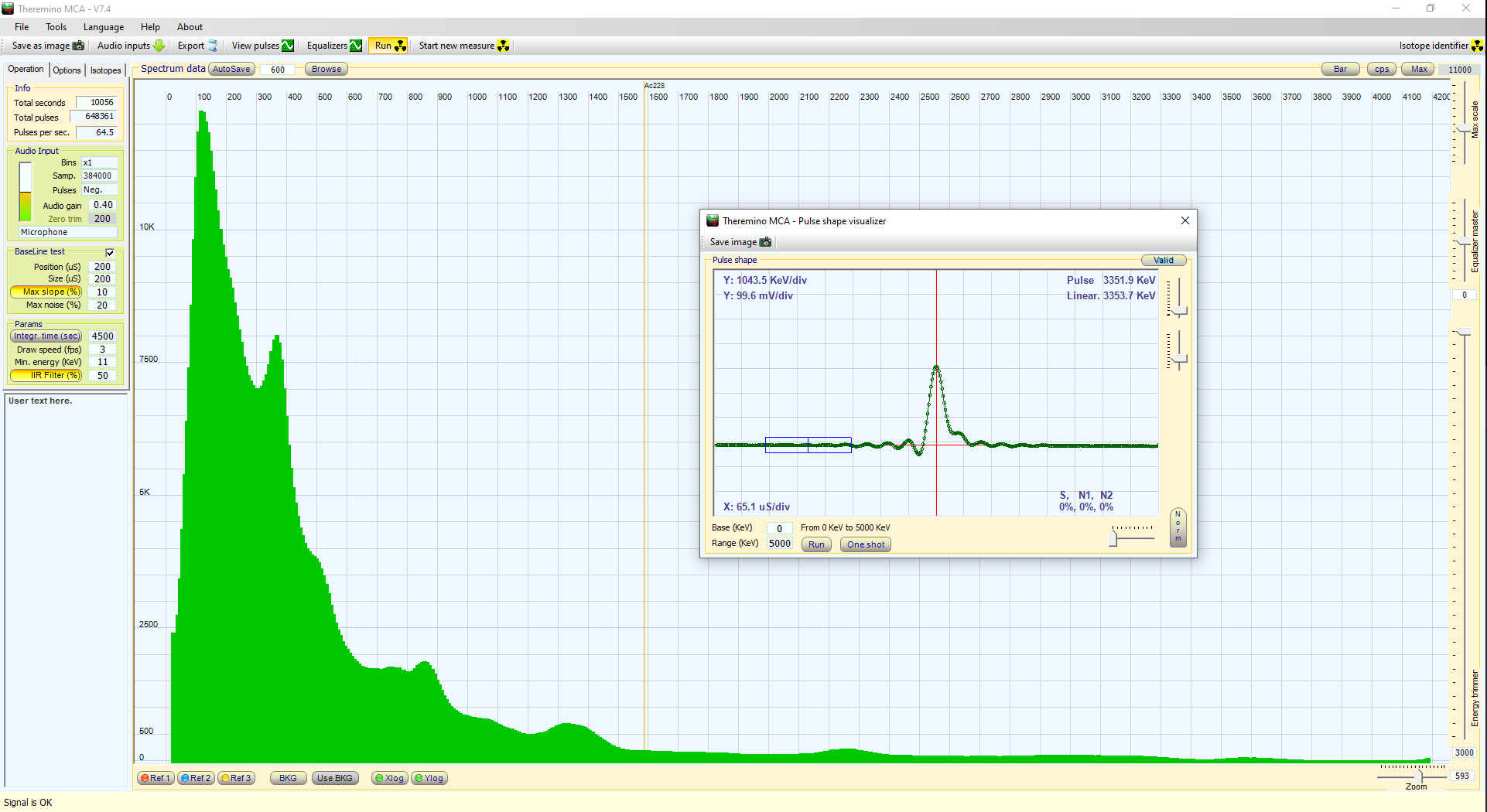

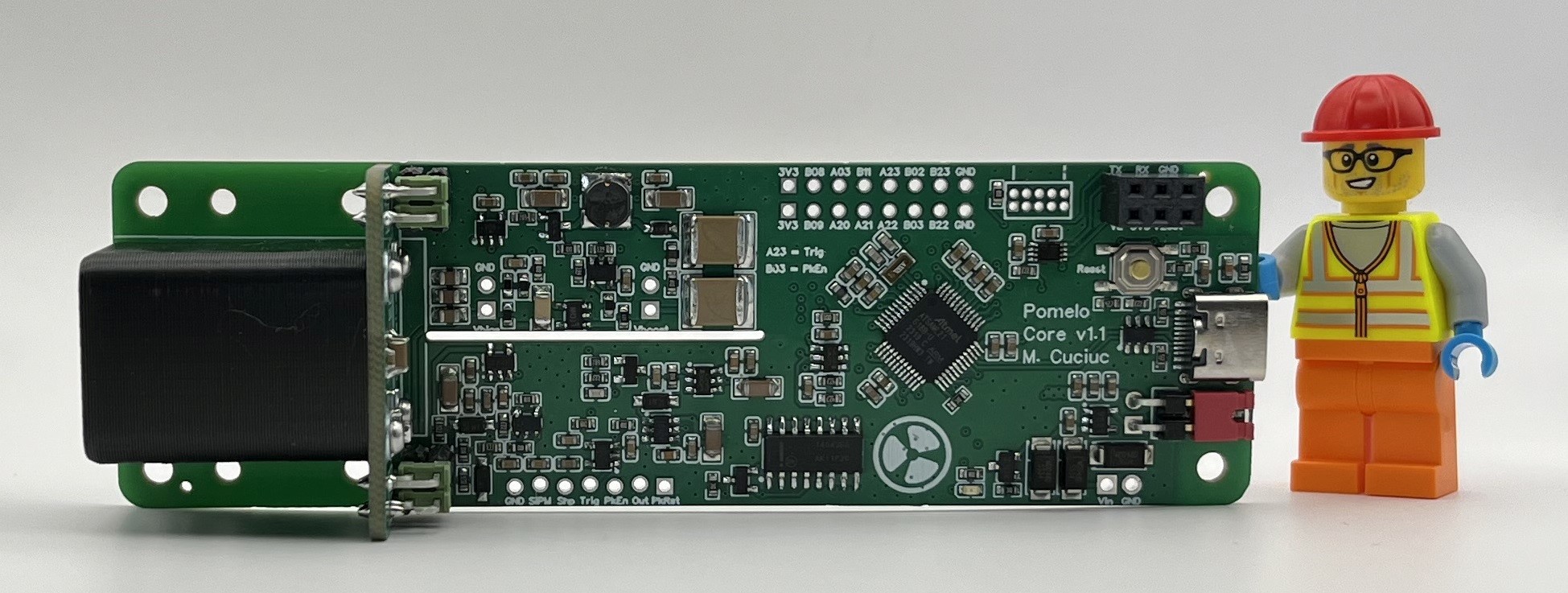
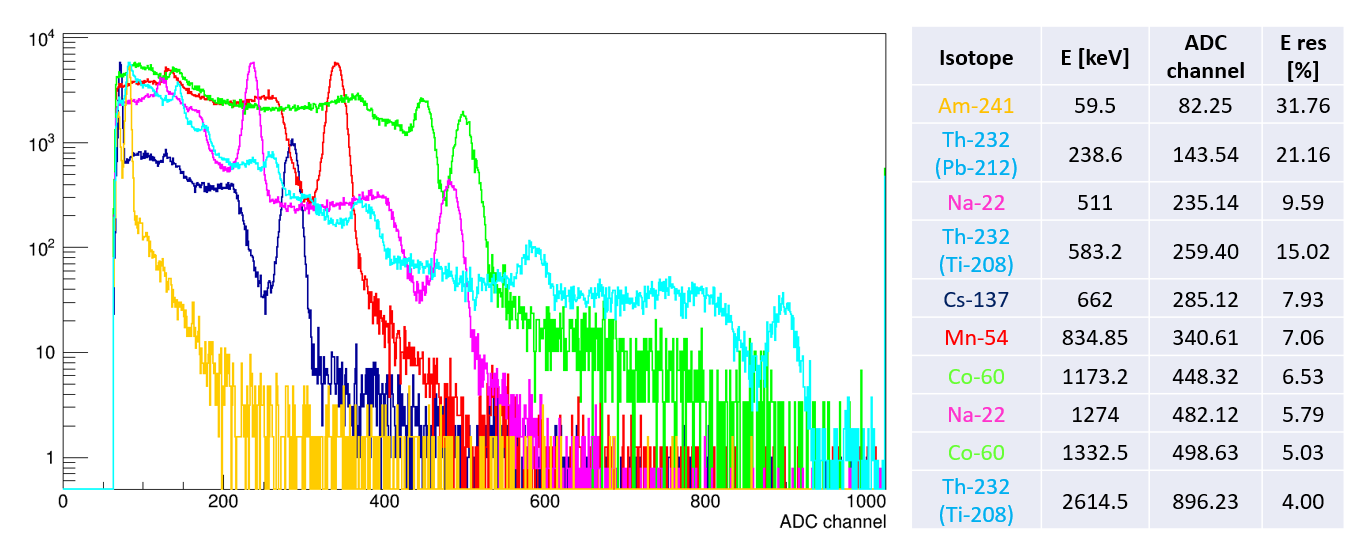
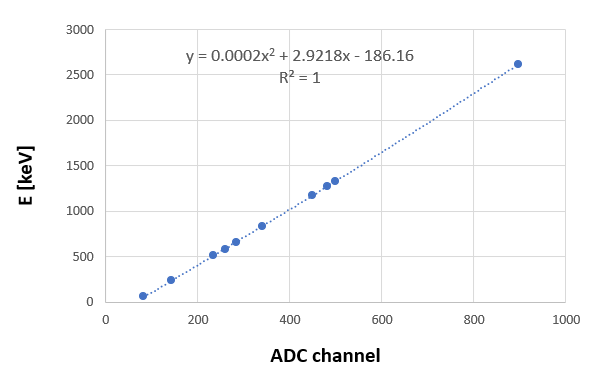



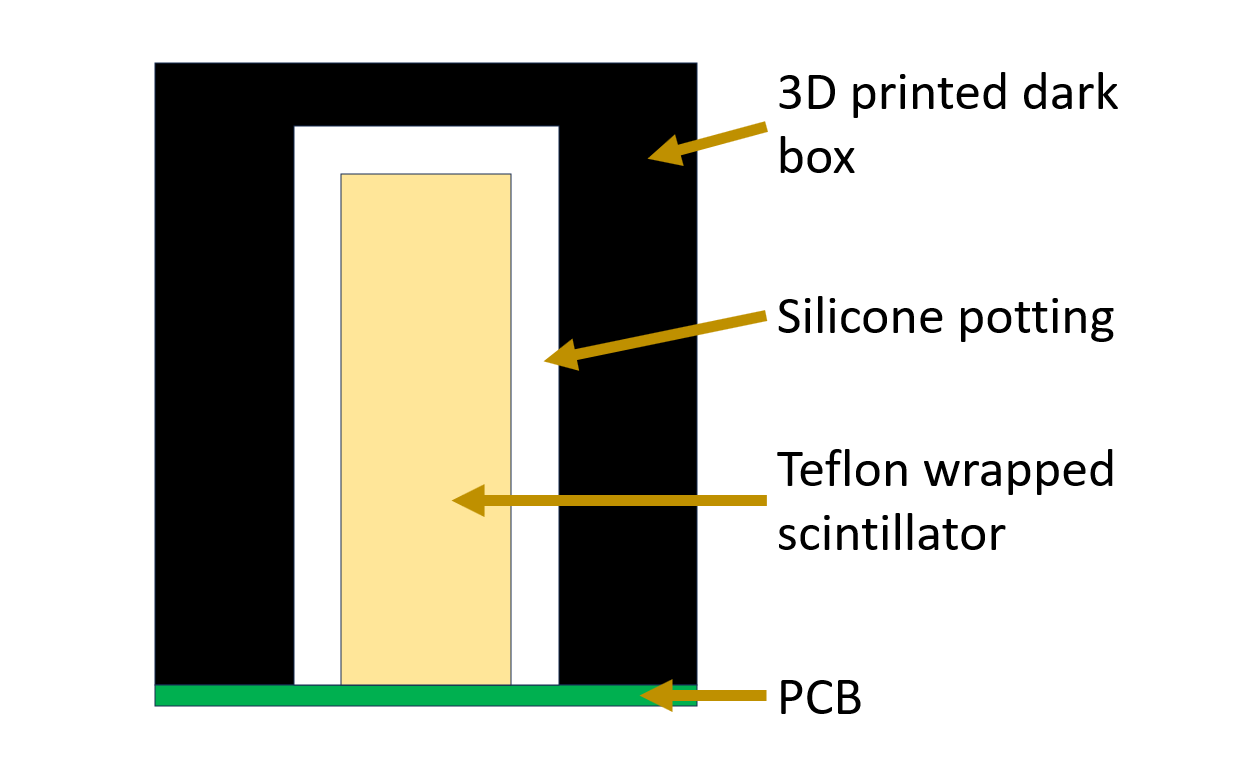
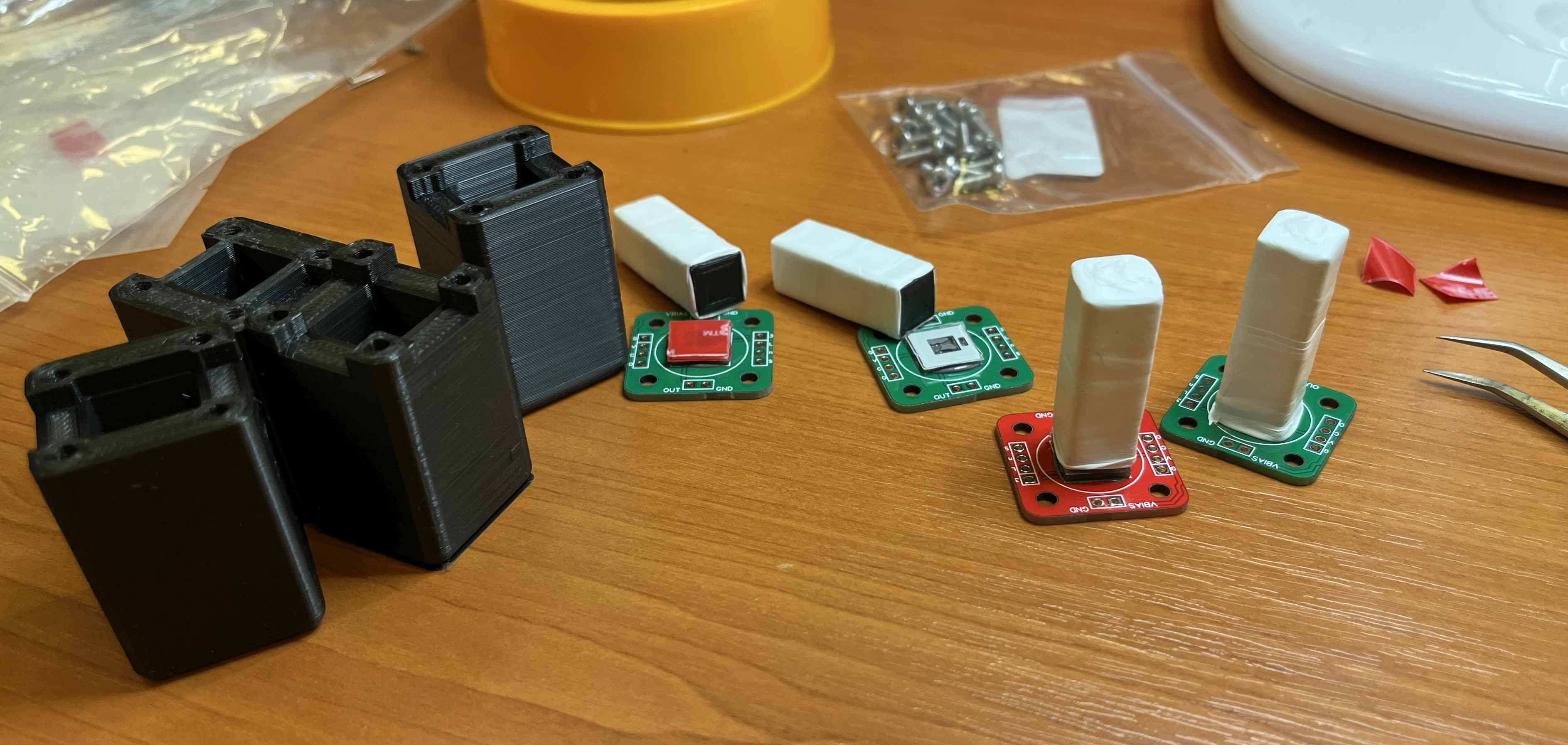
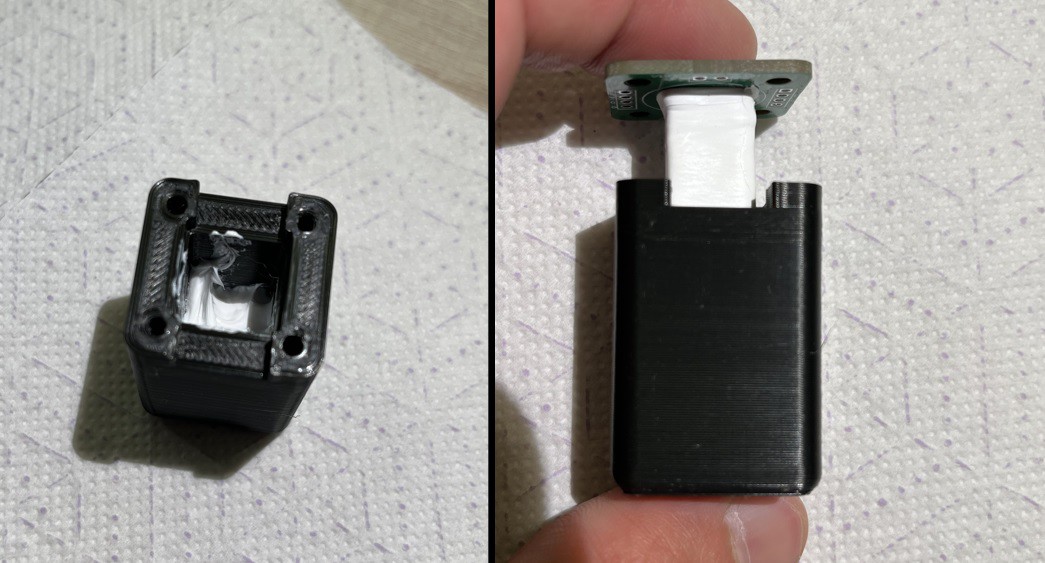
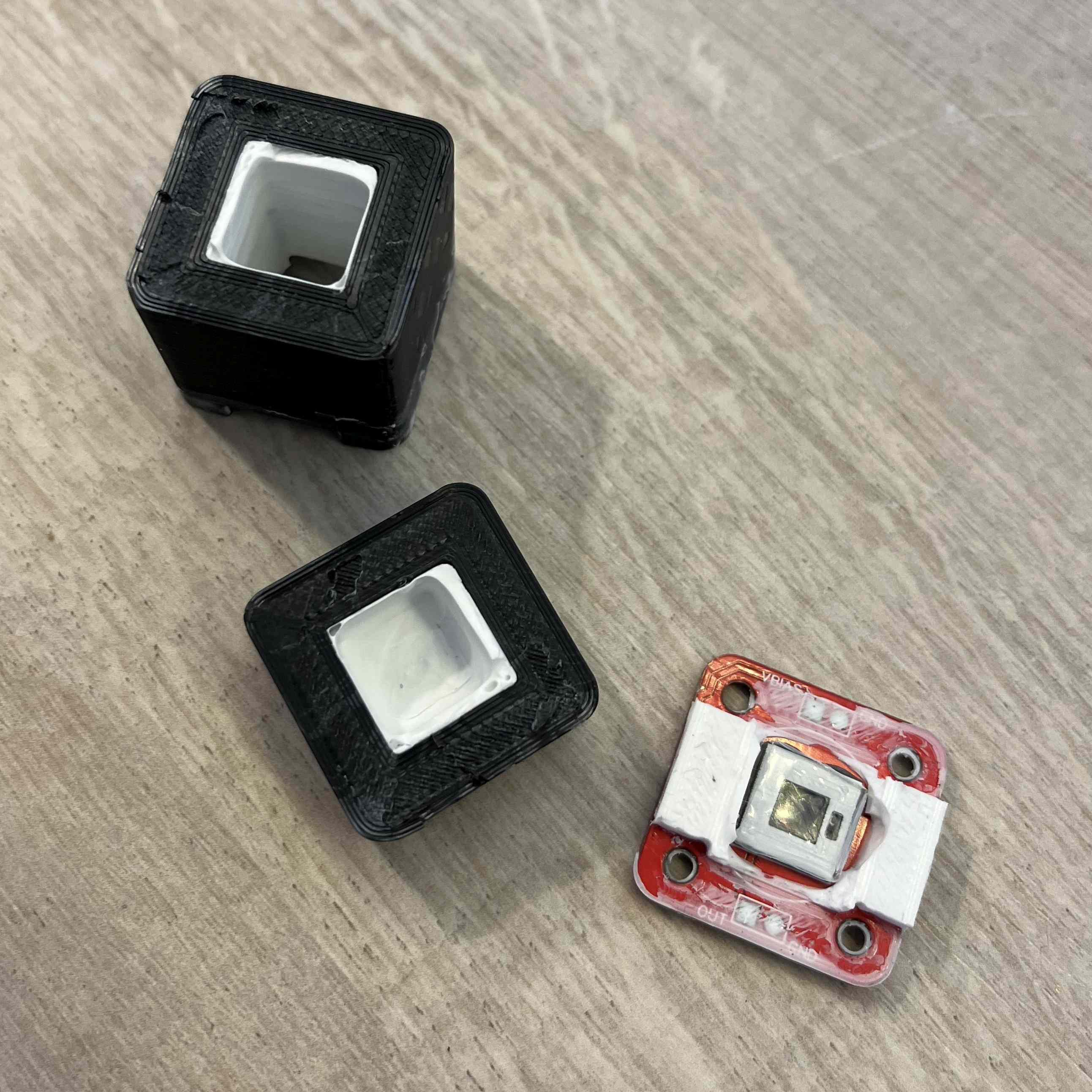
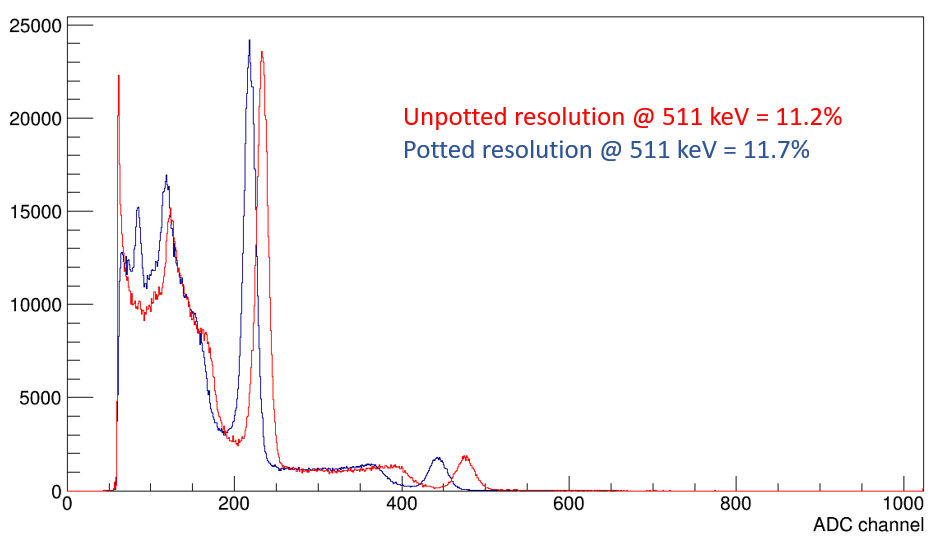

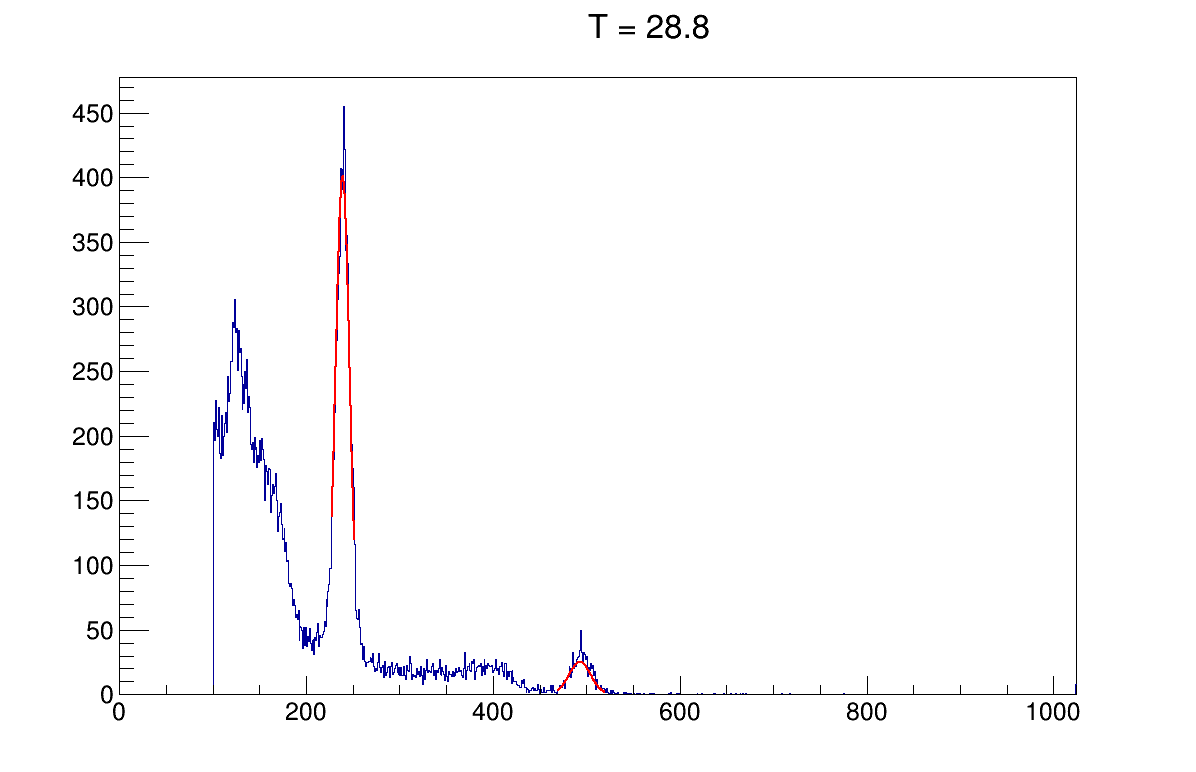
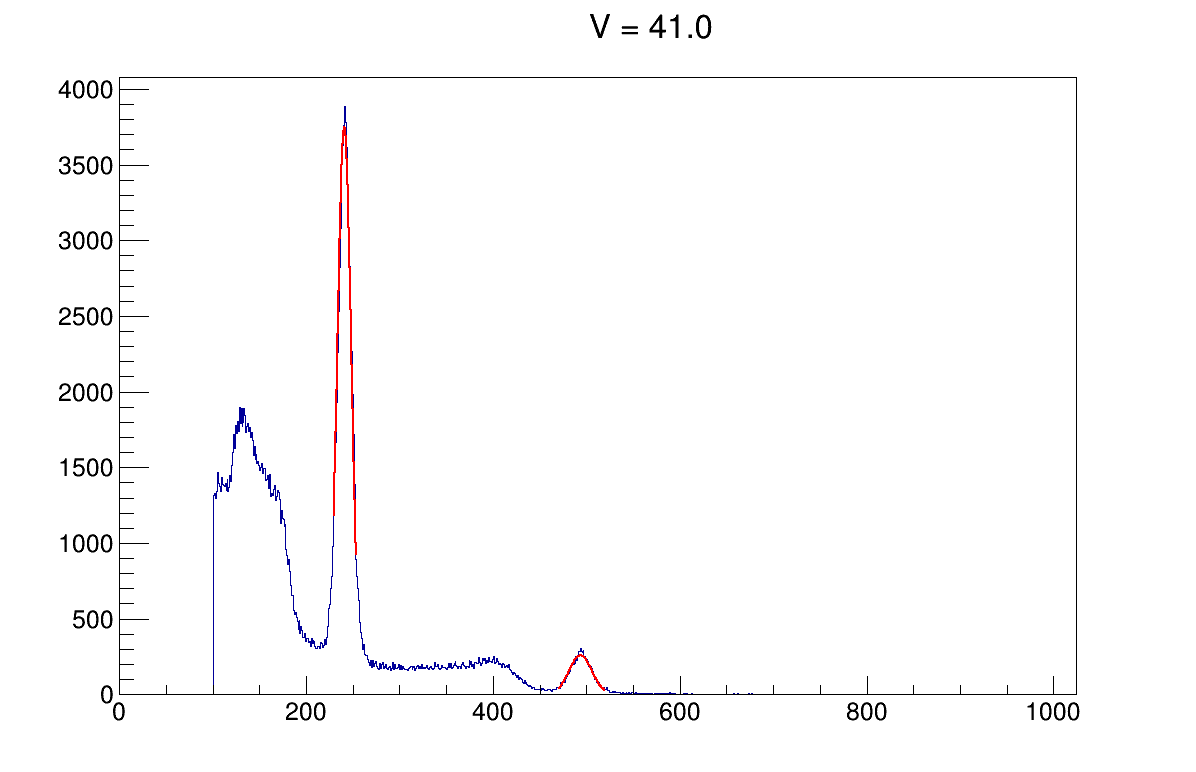



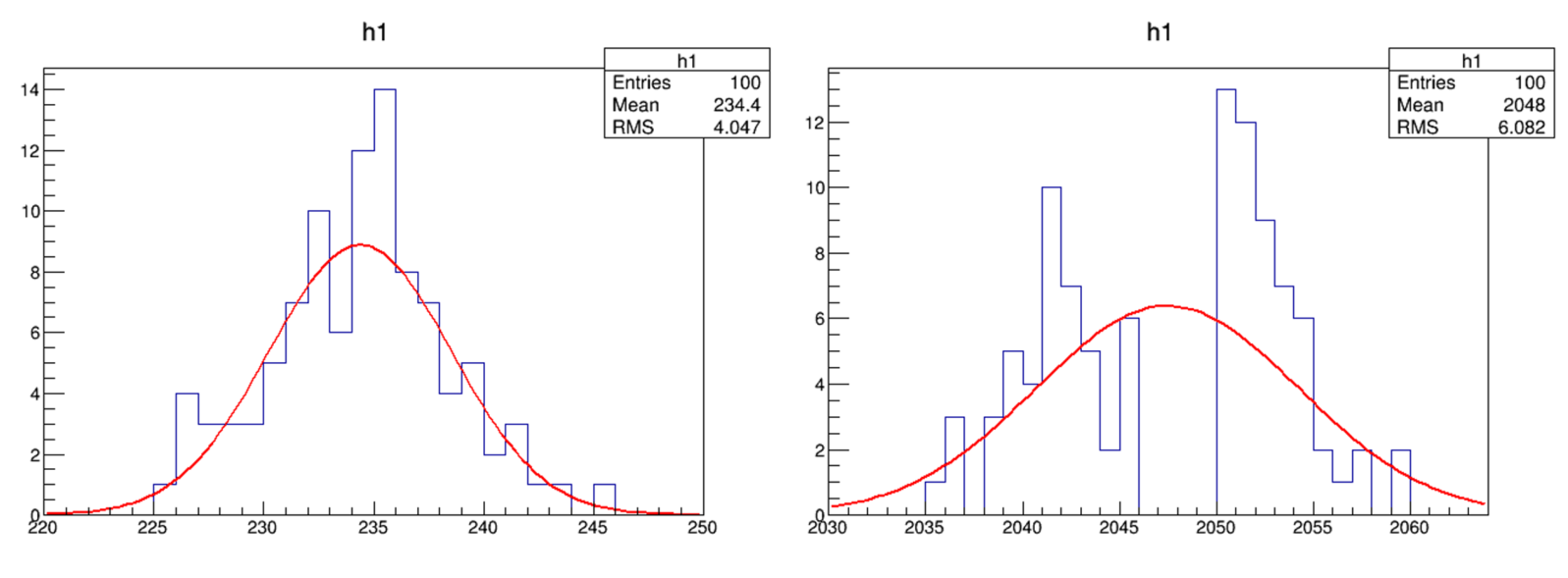
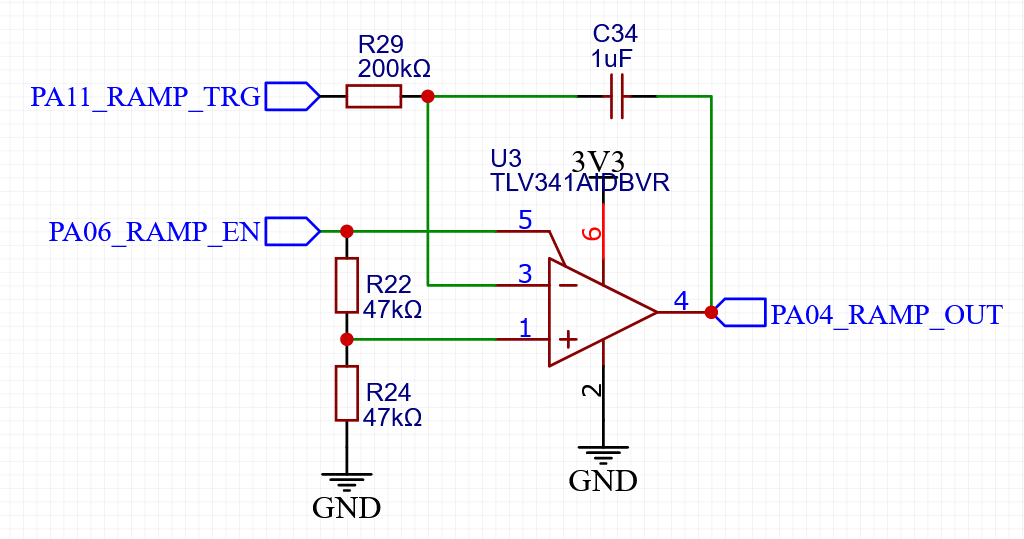
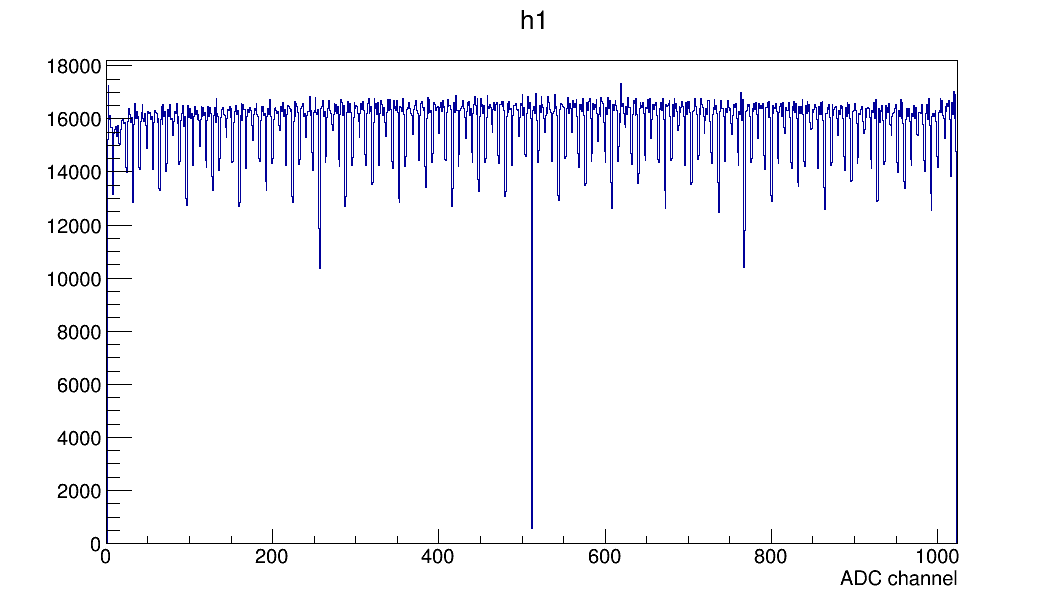
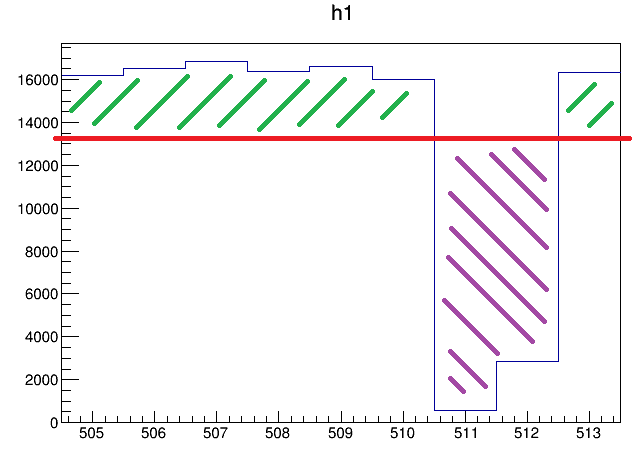






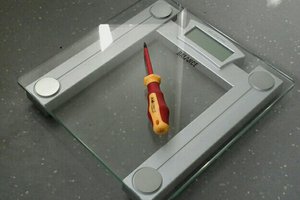
 helge
helge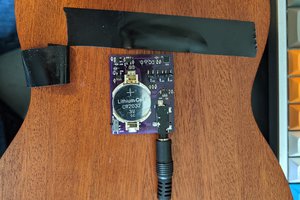
 Arno
Arno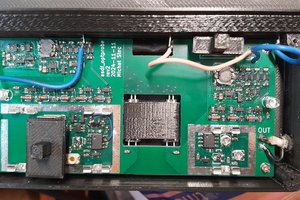
 michal777
michal777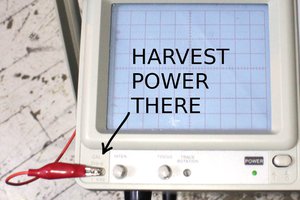
 Yann Guidon / YGDES
Yann Guidon / YGDES
I've been looking for a way to do gamma spectroscopy semi-affordably and this is exactly what i was looking for, this is awesome!!